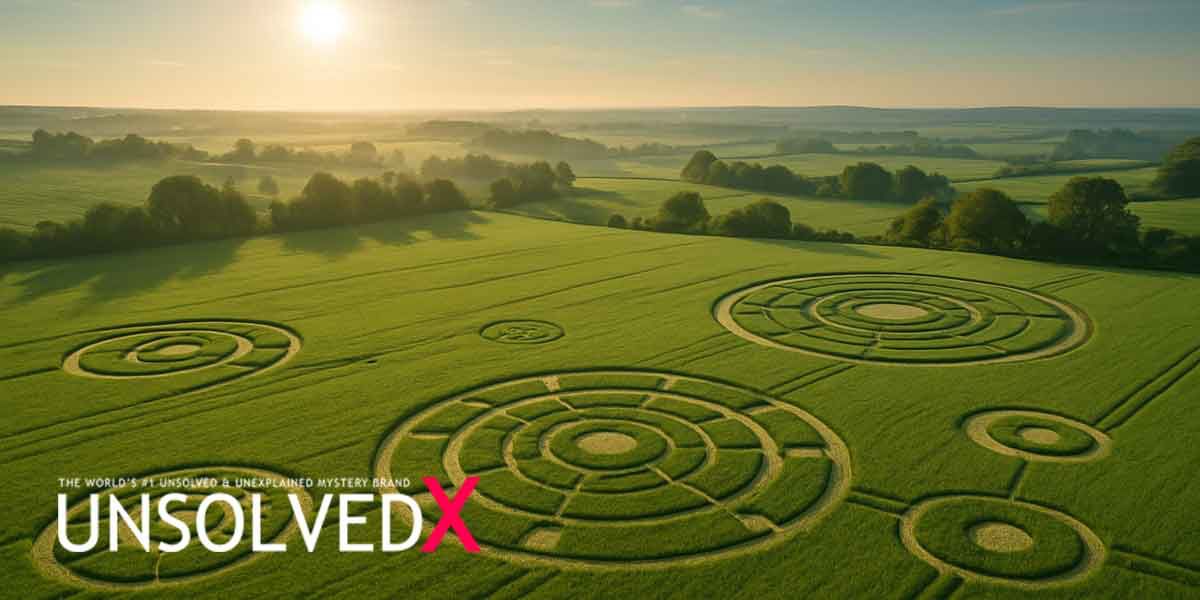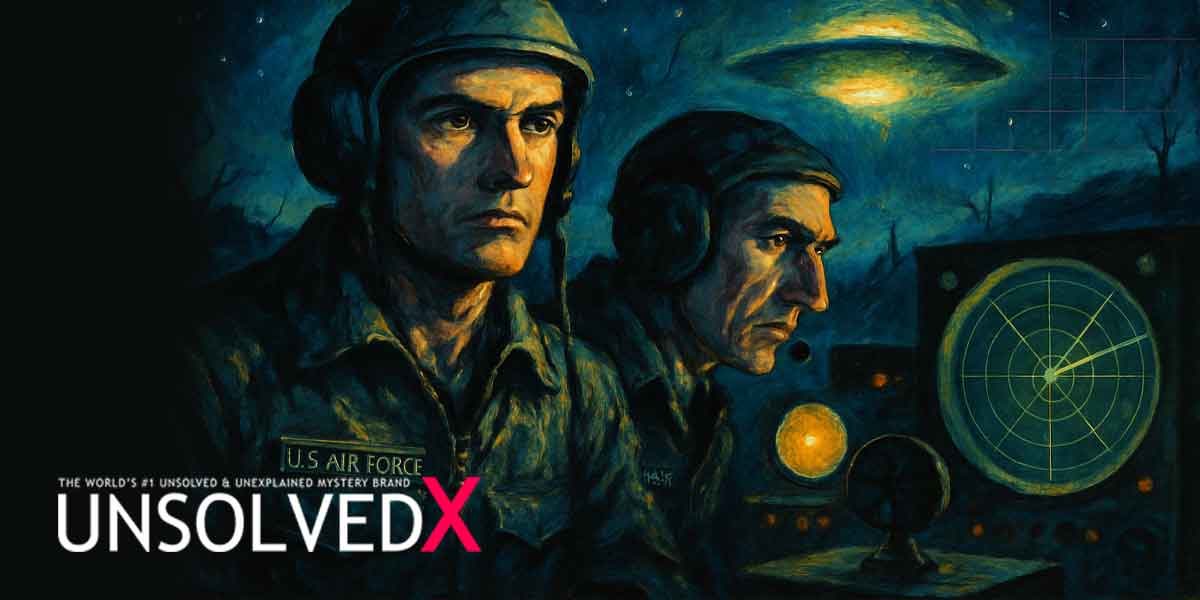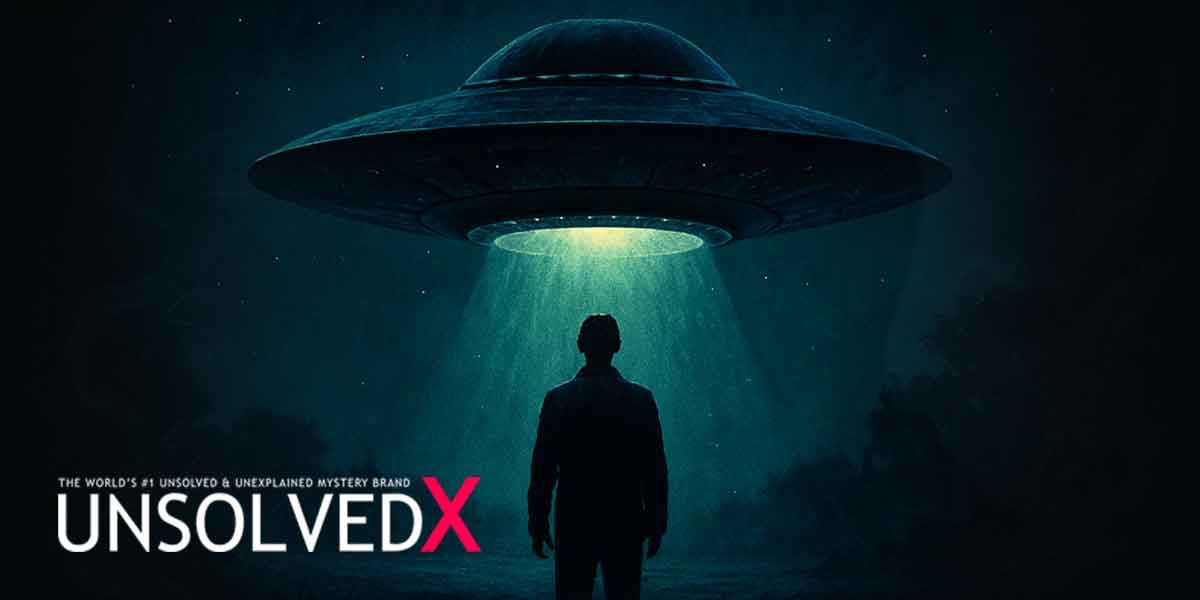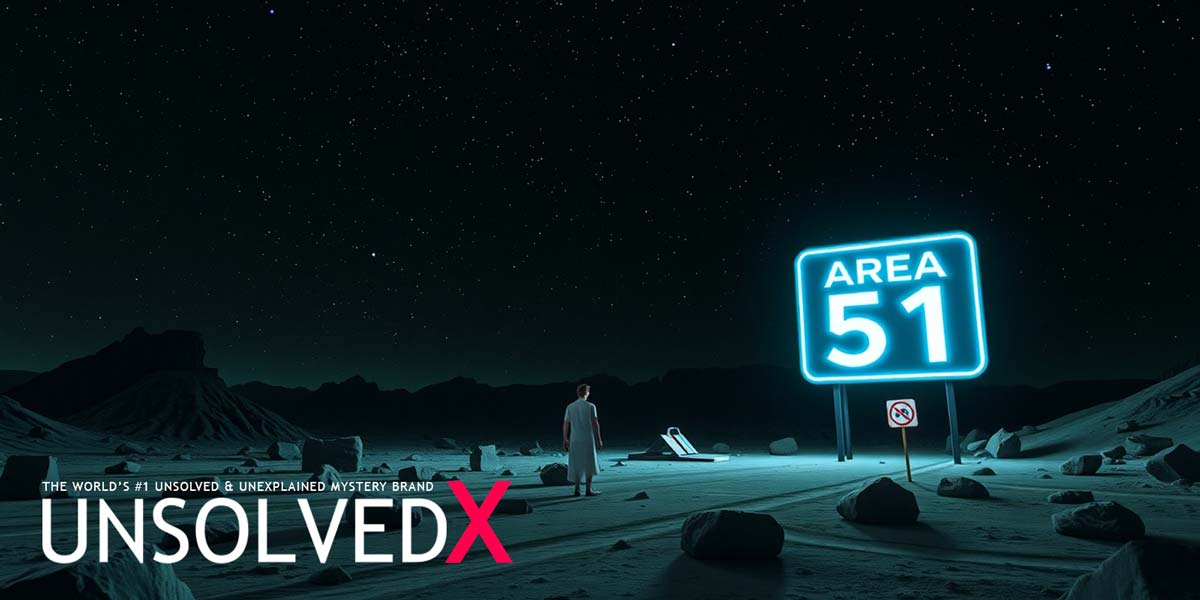Origins and Early Whispers of the Phenomenon
In the rolling fields of southern England, particularly in Wiltshire, the first crop circles emerged in the late 1970s, sparking curiosity and debate. These simple, circular patterns of flattened crops appeared overnight, often near ancient sites like Stonehenge or Avebury, hinting at a connection to something beyond the ordinary. The earliest recorded mention of a crop-related anomaly dates back to 1678 in a pamphlet called "The Mowing-Devil," which described oats mowed into circles by a supernatural force after a farmer’s dispute with a worker. While not a crop circle in the modern sense, this tale fueled speculation about otherworldly influences. By the 1980s, the phenomenon gained traction, with patterns growing more intricate—spirals, fractals, and pictograms stretching hundreds of feet. Witnesses reported no human activity, and the crops were often bent at the nodes, not broken, suggesting a force beyond simple trampling. Some, like researcher Colin Andrews, argued the complexity of formations, such as the 1996 Julia set near Stonehenge, defied human capability, especially given reports of a pilot seeing nothing one hour and a massive spiral the next.
The mystery deepened with claims of strange phenomena: cameras malfunctioning, car engines starting inexplicably, and orbs of light hovering over fields moments before circles appeared. In 1988, at Charity Down farm near London, farmer Chris Woods discovered a giant circle in his wheat field, followed by more complex designs with rectangles and pictograms by 1990. These cases, documented by enthusiasts like Monique Klinkenbergh at the Crop Circle Exhibition & Information Centre in Honeystreet, Wiltshire, suggested an intelligence behind the patterns. The proximity to sacred sites and ley lines—hypothesized energy pathways linking historic landmarks—added to the allure, with some theorizing a cosmic or spiritual message. Yet, skeptics pointed to the lack of definitive evidence, noting that no one had ever been caught in the act of creating these early formations, leaving room for both wonder and doubt.
Hoaxers, Artists, and the Evolution of Crop Circles
In 1991, the narrative shifted dramatically when Doug Bower and Dave Chorley, two Southampton men, confessed to creating over 200 crop circles since 1978. Using ropes, planks, and a wire attached to a baseball cap for precision, they demonstrated their method for the BBC, crafting a circle in a Wiltshire field. Their admission, inspired by a 1966 UFO sighting in Tully, Australia, where reeds were flattened in a lagoon, suggested crop circles were a human-made prank that snowballed into a global phenomenon. After their reveal, crop circle reports surged worldwide, from Japan to Canada, with around 10,000 documented by 2001. Other groups, like Rob Irving’s team, admitted to creating intricate designs for art or commercial purposes, including logos for brands like Nike and Mitsubishi. Irving, now a lecturer at the University of Gloucestershire, emphasized the artistic power of anonymity, lamenting that the mystery faded after confessions.
Despite these admissions, not all circles were easily explained. Researchers like Dr. William Levengood claimed plants in some formations showed cellular changes, as if heated by microwave energy, with bent nodes and higher radiation levels. Jeffrey Wilson of the Independent Crop Circle Researchers’ Association argued that about 20% of circles displayed anomalies inconsistent with human tools, such as the 2001 Milk Hill formation in Wiltshire, spanning 787 feet with over 400 circles. Critics, like Joe Nickell of CSICOP, countered that these findings lacked rigorous, double-blind studies and relied on circular logic, assuming the circles’ authenticity to prove their cause. Still, the debate persisted, with hoaxers refining their craft and “croppies” insisting some designs—appearing in minutes, per eyewitnesses—defied human speed and skill. The Barge Inn in Honeystreet became a hub for enthusiasts, where stories of lights and UFOs kept the mystery alive.
Unraveling the Enigma: Art, Nature, or Something More?
Today, crop circles are largely recognized as a form of landscape art, with Wiltshire remaining the epicenter, hosting about 30 formations annually, 80% of the global total. Books like *Crop Circles: Signs, Wonders & Mysteries* by Karen and Steven Alexander explore their geometric beauty, suggesting a symbolic language rooted in sacred geometry, regardless of origin. Tours in Wiltshire, such as those offered by local guides near Avebury, draw thousands yearly, blending art appreciation with paranormal intrigue. Some formations, like the 2009 Clatford circle, baffled experts like Michael Glickman due to their precision in tough crops like canola. Yet, scientific scrutiny leans toward human causation. Taner Edis, a physicist, notes that all circles fall within the range of hoaxable designs, and experiments, like a Discovery Channel attempt by MIT students, showed basic circles could be made in hours, though replicating the most complex ones remained challenging.
Despite the confessions, not all circles were easily explained. Skeptics like Joe Nickell, a senior fellow at the Committee for Skeptical Inquiry, argued that all crop circles bear hoax hallmarks: concentration in southern England, increasing complexity over time, and no witnessed creations. Yet, even Nickell acknowledged that hoaxers couldn’t account for every case. Farmers reported formations appearing in minutes, accompanied by strange lights or orbs, as noted by Monique Klinkenbergh, founder of the Crop Circle Exhibition & Information Centre in Honeystreet, Wiltshire. The Barge Inn, a local pub, became a hub for “croppies” swapping tales of these anomalies. While hoaxers undeniably shaped the phenomenon, their work doesn’t fully explain the persistent reports of rapid formation and physical evidence that defies simple tools.










Comments
Comments section coming soon!